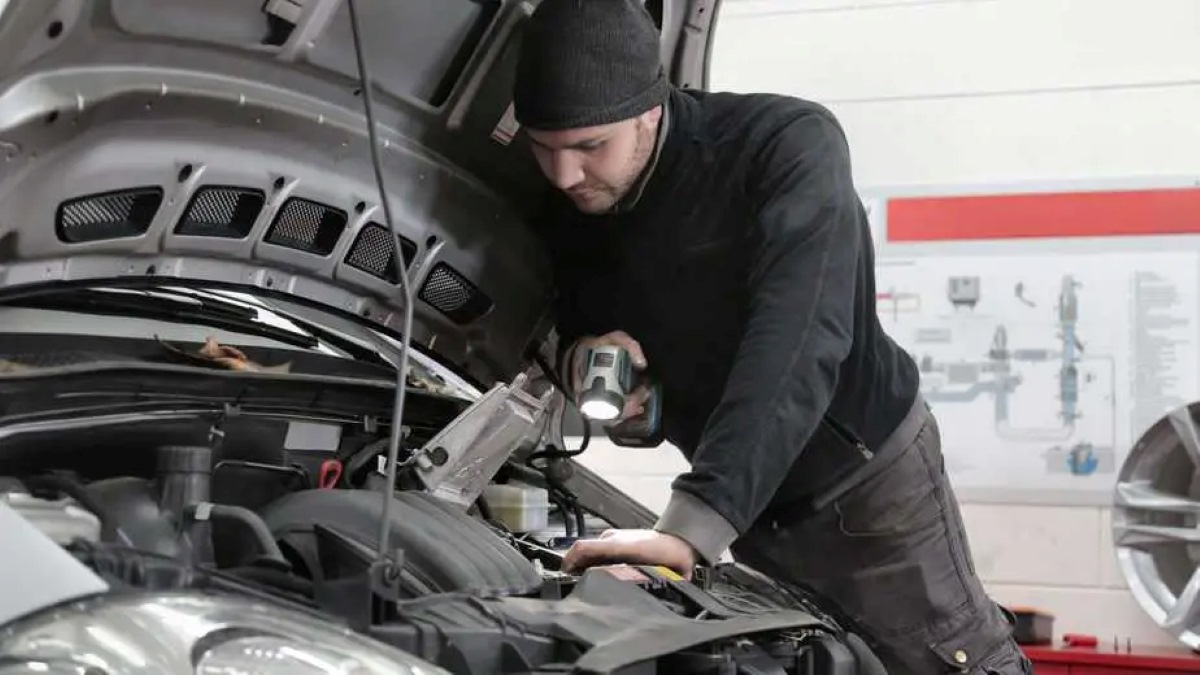

Articles
How To Test Car Water Pump
Modified: February 23, 2024
Learn how to test your car's water pump with our informative articles. Ensure your vehicle's cooling system is functioning properly and avoid overheating.
(Many of the links in this article redirect to a specific reviewed product. Your purchase of these products through affiliate links helps to generate commission for Storables.com, at no extra cost. Learn more)
Introduction
Welcome to our comprehensive guide on how to test your car water pump. The water pump plays a crucial role in keeping your vehicle’s engine cool and running smoothly. By efficiently circulating coolant through the engine, it helps prevent overheating and potential damage to your car’s internal components.
Regularly examining and testing your car water pump is essential for ensuring its proper functioning and preventing any potential issues down the road. In this article, we will provide you with a step-by-step guide on how to test your car water pump effectively.
Whether you are a seasoned car enthusiast or a DIY enthusiast looking to save some money on maintenance costs, understanding how to test your car water pump can empower you to identify and address any problems early on.
We will explore the signs of a faulty car water pump, the essential tools and materials needed for testing, and provide you with a detailed step-by-step guide to help you efficiently execute the testing process. By the end of this article, you will have the knowledge and confidence to assess the health of your car water pump and take appropriate action.
So, without further ado, let’s dive into the world of car water pump testing and ensure that your engine stays cool and problem-free!
Key Takeaways:
- Regularly testing your car water pump is crucial for preventing engine overheating, identifying leaks, preserving engine performance, and ensuring safe and reliable driving.
- By following a step-by-step guide and using essential tools, you can effectively evaluate your car water pump’s condition and take proactive measures to maintain your vehicle’s performance and longevity.
Read more: How To Test Water Pump
Why You Should Test Your Car Water Pump
Your car’s water pump is a vital component of the cooling system. It circulates coolant throughout the engine, keeping it at an optimal operating temperature. Testing your car water pump regularly is crucial for several reasons:
- Preventing engine overheating: The primary function of the water pump is to maintain the right temperature for your engine. If the water pump is faulty or not working efficiently, it may lead to inadequate coolant circulation, resulting in engine overheating. By testing your car water pump, you can spot any potential issues early on and prevent costly engine damage.
- Identifying leaks: Over time, the seals and gaskets in your water pump can wear out, leading to leaks. These leaks can result in a loss of coolant, which can cause overheating and engine damage. Regular testing allows you to check for leaks and promptly address any issues before they become major problems.
- Preserving engine performance: A faulty water pump can hinder the overall performance of your engine. Inadequate coolant circulation can lead to reduced engine efficiency, decreased power output, and increased fuel consumption. By testing your car water pump, you can ensure that it is functioning optimally, allowing your engine to perform at its best.
- Preventing costly repairs: Ignoring or neglecting issues with your water pump can lead to severe engine damage, resulting in expensive repairs. By regularly testing your car water pump, you can identify and address any problems early on, saving yourself from costly repairs in the future.
- Ensuring safe and reliable driving: A malfunctioning water pump can lead to unexpected breakdowns and leave you stranded on the side of the road. By testing your car water pump, you can ensure that it is in good working condition, providing you with peace of mind and reliable transportation.
By understanding the importance of testing your car water pump, you become proactive in maintaining your vehicle’s cooling system and overall performance. With regular testing, you can catch any issues early on and take the necessary steps to keep your engine running smoothly and efficiently.
In the next sections, we will discuss the signs of a faulty water pump and the tools and materials needed for testing. So, let’s continue our journey towards becoming a car water pump testing expert!
Signs of a Faulty Car Water Pump
It’s essential to be aware of the signs that indicate a potential problem with your car water pump. Detecting these signs early on can help you address any issues before they escalate into major problems. Here are some common indications that your car water pump may be faulty:
- Engine overheating: If you notice that your engine temperature gauge is consistently rising, it could be a sign of a malfunctioning water pump. Inadequate circulation of coolant due to a faulty pump can lead to engine overheating, which should be addressed immediately.
- Coolant leakage: Check for any visible coolant leaks around the water pump area. Leaking coolant can be a sign of a faulty water pump or worn-out seals and gaskets. The presence of coolant stains or pooling underneath your vehicle is a clear indication that further investigation is needed.
- Unusual noises: Listen for any unusual noises coming from the water pump area. A squeaking, grinding, or whining sound could indicate a problem with the pump bearings or impeller. These noises should not be ignored, as they can be an early warning sign of a failing water pump.
- Excessive vibration: A faulty water pump can cause increased vibrations in your vehicle, especially in the steering wheel or dashboard. This vibration may be felt during idle or acceleration and can be a result of imbalanced or worn-out pump components.
- Engine coolant contamination: Inspect your engine coolant for any signs of contamination or discoloration. If the coolant appears muddy, rusty, or contains oil or debris, it could be a sign of a failing water pump or a larger issue within the cooling system.
- Steam or smoke from the engine: If you notice steam or smoke coming from the engine compartment, it could be an indication of coolant boiling due to a malfunctioning water pump. This is a serious issue that requires immediate attention to prevent engine damage.
- Inconsistent heating or cooling: If you experience irregular heating or cooling inside your vehicle, it could be a sign of a faulty water pump. Inadequate circulation of coolant can affect the functioning of your car’s heater and air conditioning system.
If you notice any of these signs, it’s recommended to have your car water pump inspected and tested by a qualified mechanic. Timely detection and resolution of any issues with your water pump can help avoid further damage to your engine and cooling system.
Now that you know the common signs of a faulty water pump, let’s move on to the tools and materials you’ll need for testing in the next section.
When testing a car water pump, check for leaks, listen for unusual noises, and monitor the engine temperature. A pressure test can also help identify any issues with the water pump.
Tools and Materials Required for Testing
Before you begin testing your car water pump, it’s important to gather the necessary tools and materials. Having the right equipment on hand will ensure a smooth and accurate testing process. Here are the essential items you’ll need:
- Coolant Test Kit: A coolant test kit will help you assess the condition and effectiveness of your coolant. It typically includes test strips or a testing device that measures the coolant’s pH level, freeze point, and overall quality.
- Coolant Pressure Tester: A coolant pressure tester allows you to check for any leaks or pressure fluctuations within the cooling system. It typically consists of a pressure gauge and attachments that connect to the radiator or coolant reservoir.
- Handheld Infrared Thermometer: An infrared thermometer is used to measure the temperature of different components within the cooling system. This tool allows you to identify any uneven temperature distribution or overheating issues.
- Socket Set: A socket set with various sizes of sockets and a ratchet will be needed to remove any bolts or clamps securing the water pump in place.
- Pliers: Pliers are useful for clamping and unclamping hoses, particularly when working on the cooling system.
- Clean Cloth/Rag: A clean cloth or rag is essential for wiping away any coolant spills or residue during the testing process.
- Protective Gear: It’s important to wear protective gear, such as gloves and safety goggles, to protect yourself from any coolant spills or potential injuries.
- Vehicle Manual or Repair Guide: Having access to your vehicle’s manual or a repair guide specific to your car make and model will provide you with valuable information and guidance during the testing process.
Having these tools and materials readily available will make your car water pump testing process more efficient and effective. It’s always recommended to use high-quality tools and follow proper safety precautions when working on your vehicle.
Now that you’re equipped with the necessary tools and materials, let’s move on to the step-by-step guide on how to test your car water pump.
Step-by-Step Guide to Testing Your Car Water Pump
Testing your car water pump doesn’t have to be a daunting task. By following this step-by-step guide, you’ll be able to effectively assess the condition and performance of your water pump. Here’s what you need to do:
- Begin with a cool engine: Before you begin the testing process, make sure your engine has had enough time to cool down. This will ensure your safety and accurate readings during the testing.
- Open the hood and locate the water pump: Refer to your vehicle manual or repair guide to identify the location of the water pump in your specific car model. Usually, the water pump is located near the front of the engine and is connected to the drive belt or timing belt.
- Inspect for leaks: Visually inspect the water pump and surrounding areas for any signs of coolant leaks or moisture. Look for coolant stains, residue, or any dripping coolant. If you notice any leaks, it may indicate a faulty water pump or damaged seals/gaskets.
- Use the coolant test kit: Follow the instructions provided with the coolant test kit to assess the quality and effectiveness of your coolant. Dip the test strip or use the testing device to measure the pH level, freeze point, and other coolant properties. Compare the results with the recommended levels specified in the kit.
- Check the coolant pressure: Attach the coolant pressure tester to the radiator or coolant reservoir according to the manufacturer’s instructions. Pump the tester to pressurize the system and then observe the pressure gauge reading. A stable pressure within the recommended range indicates a properly functioning water pump and a sealed cooling system.
- Monitor the water pump pulley: Start the engine and carefully observe the water pump pulley. Check for any wobbling, excessive play, or noise coming from the pulley. These can be signs of a failing water pump bearing or worn-out components.
- Measure temperature differentials: Use a handheld infrared thermometer to measure the temperature of various components of the cooling system. Take readings from the water pump, radiator, hoses, and any other relevant parts. Ensure that the temperatures are consistent and within the expected range. Significant temperature variations may indicate coolant flow issues.
- Listen for unusual noises: While the engine is running, listen for any unusual noises coming from the water pump or the surrounding area. Squeaking, grinding, or whining sounds can be indications of a failing water pump and should be addressed promptly.
- Repeat the tests if necessary: If you encounter any abnormal readings or suspect a problem with your water pump, consider repeating the tests or seeking the assistance of a qualified mechanic to diagnose and resolve the issue.
Following these steps will give you a comprehensive evaluation of your car water pump’s condition. If you notice any significant issues or suspect a faulty water pump, it’s essential to address the problem promptly to prevent further damage to your engine and cooling system.
Now that you’ve successfully tested your car water pump, let’s conclude our guide on a positive note.
Read more: How To Know If Car Water Pump Is Bad
Conclusion
Testing your car water pump is an important part of routine maintenance to ensure the longevity and optimal performance of your vehicle’s cooling system. By regularly inspecting and testing your water pump, you can catch any potential issues early on and prevent costly repairs or engine damage.
In this comprehensive guide, we covered the reasons why you should test your car water pump and the signs that indicate a faulty pump. We also provided you with a step-by-step guide, outlining the tools and materials needed and the testing process itself.
By following the step-by-step guide, you can effectively evaluate the condition and performance of your water pump. From visually inspecting for leaks to using a coolant test kit and measuring temperature differentials, each step contributes to a comprehensive assessment of your water pump’s health.
Remember, if you notice any abnormalities, such as coolant leaks, unusual noises, or overheating, it’s essential to address the issue promptly. Ignoring problems with your water pump can lead to severe engine damage and costly repairs.
If you’re unsure about performing the tests on your own, or if you encounter any issues, it’s always recommended to seek the assistance of a qualified mechanic. They have the expertise and diagnostic tools to accurately assess and diagnose any problems with your car water pump.
By taking proactive measures to test your car water pump, you’re investing in the longevity and performance of your vehicle. Not only will you avoid unexpected breakdowns and costly repairs, but you’ll also ensure safe and reliable driving for yourself and your passengers.
So, embrace the knowledge and confidence gained from this guide, and make testing your car water pump a regular part of your vehicle maintenance routine. Your engine will thank you for it!
Frequently Asked Questions about How To Test Car Water Pump
Was this page helpful?
At Storables.com, we guarantee accurate and reliable information. Our content, validated by Expert Board Contributors, is crafted following stringent Editorial Policies. We're committed to providing you with well-researched, expert-backed insights for all your informational needs.
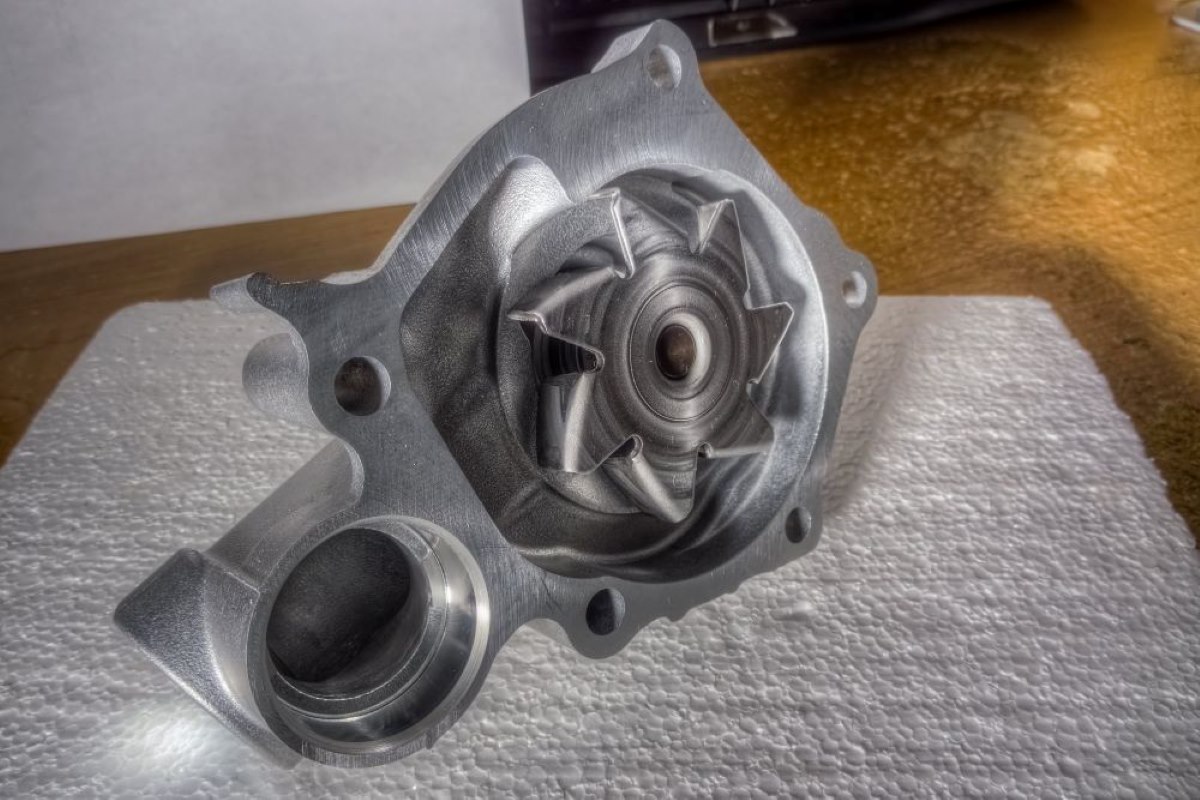
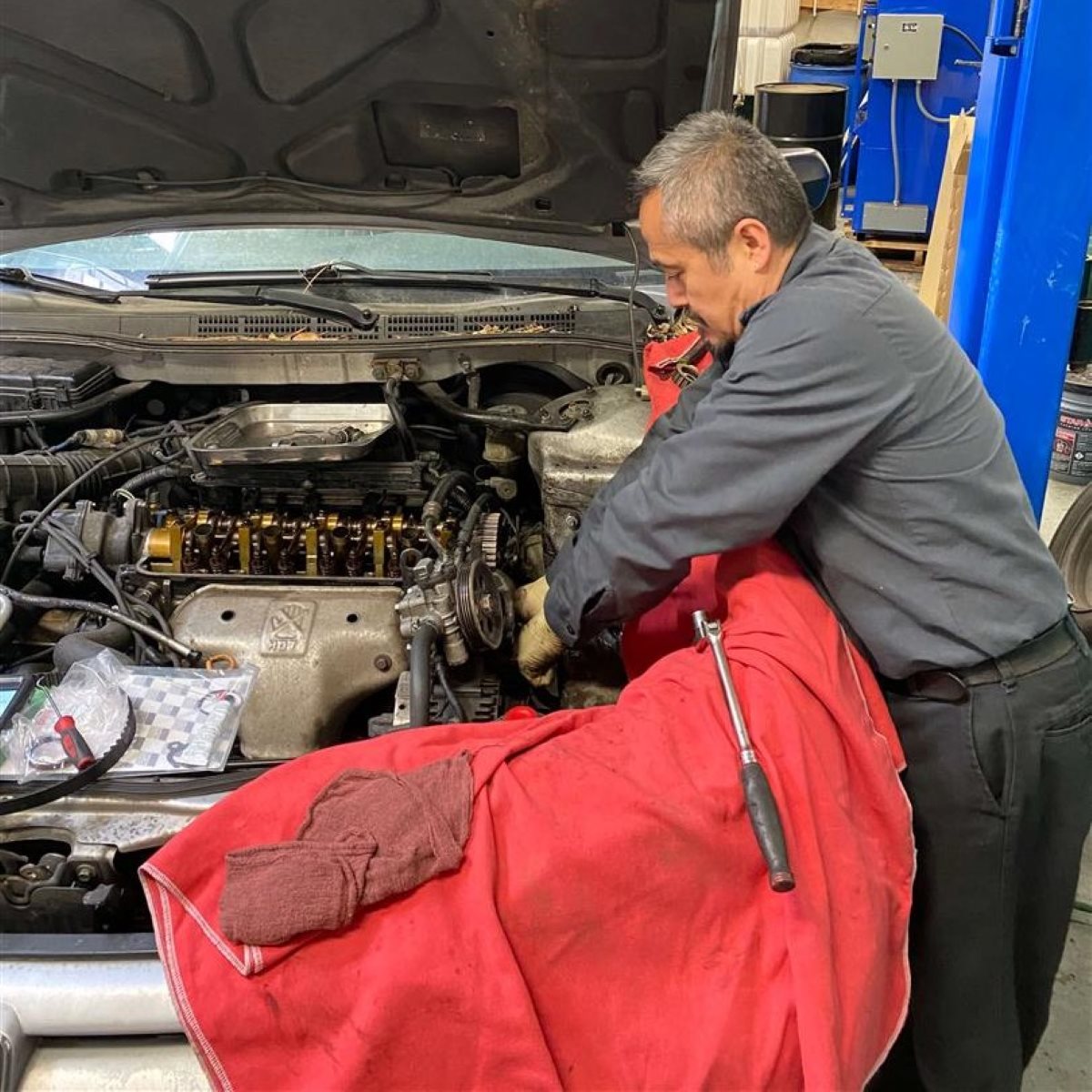
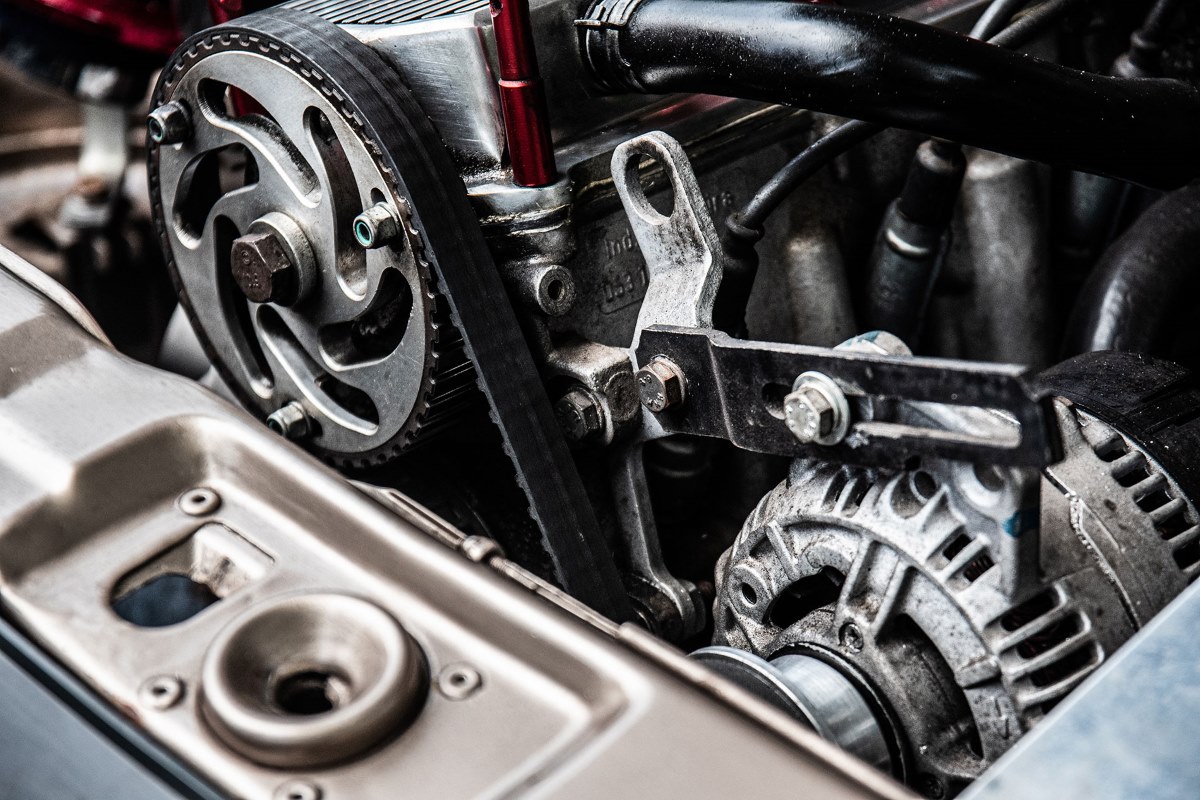
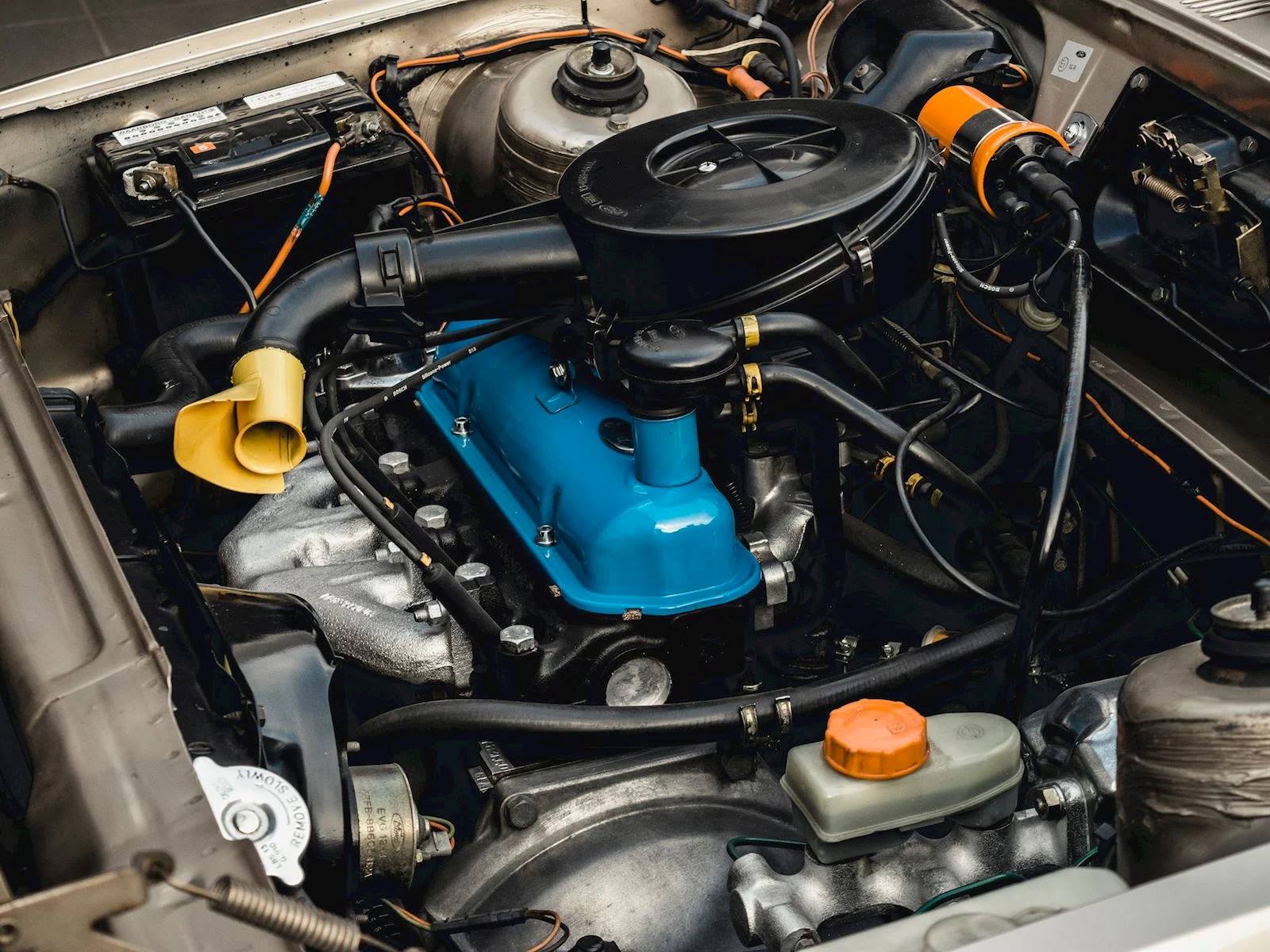
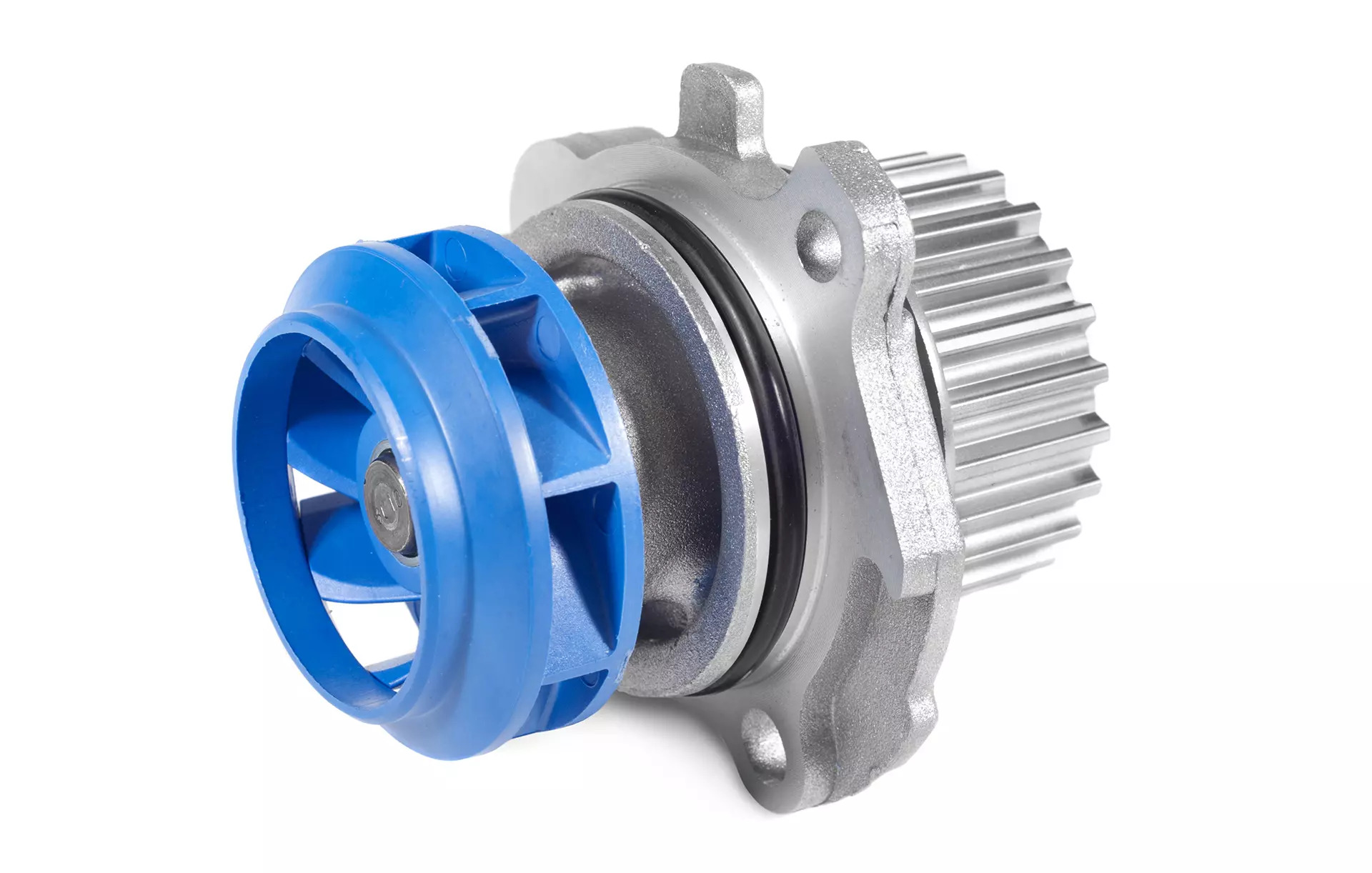
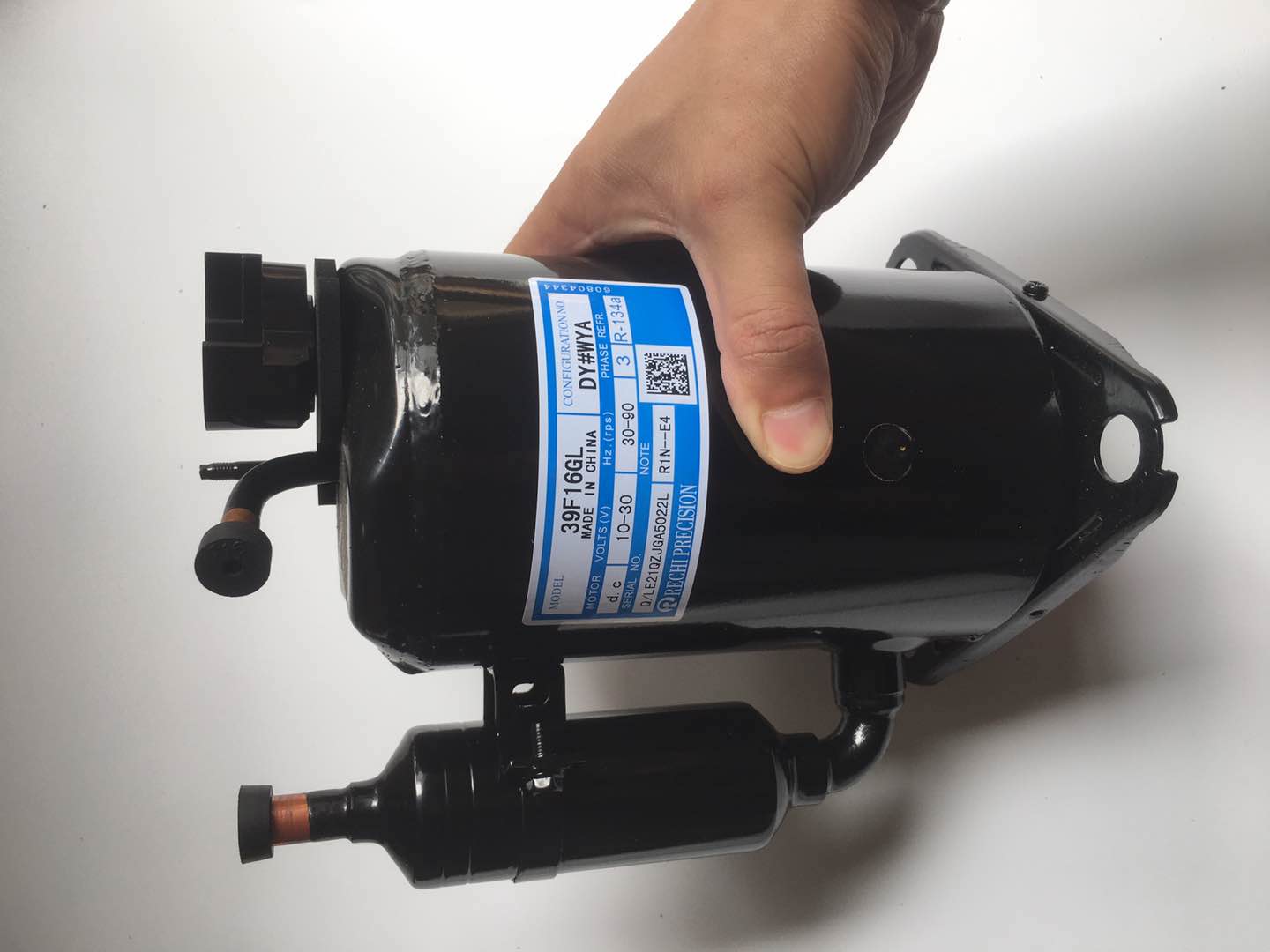
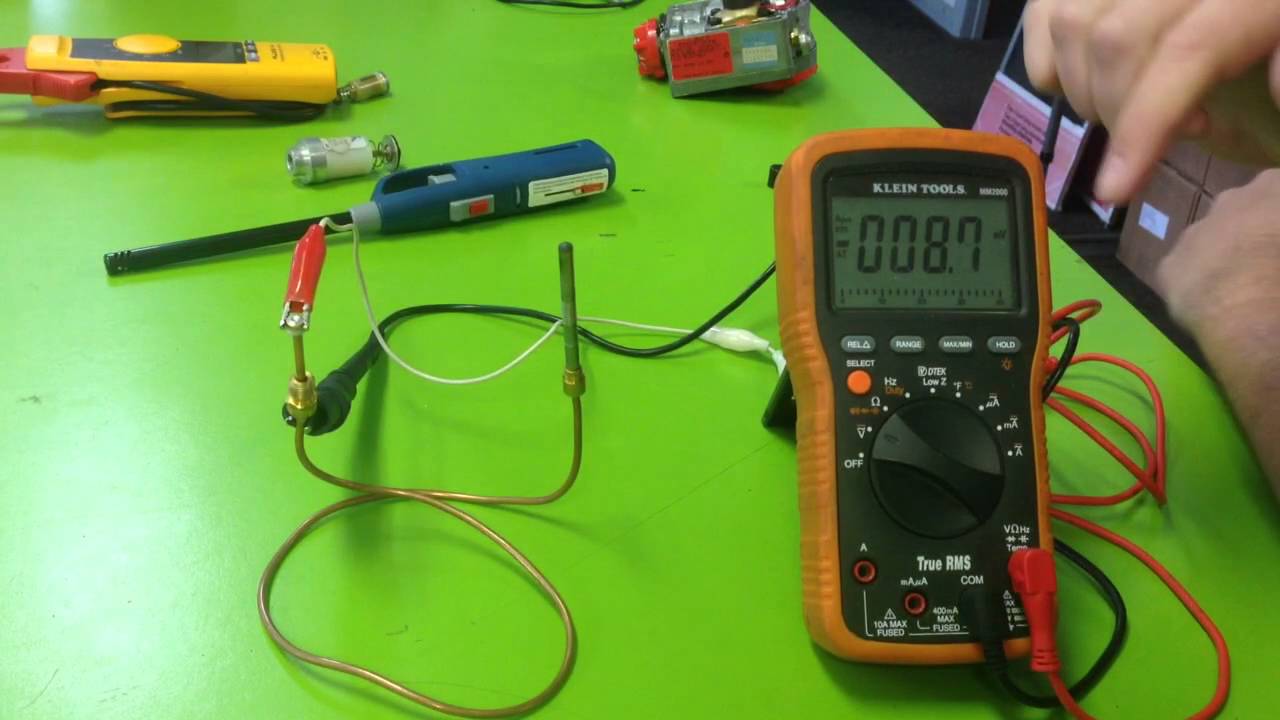

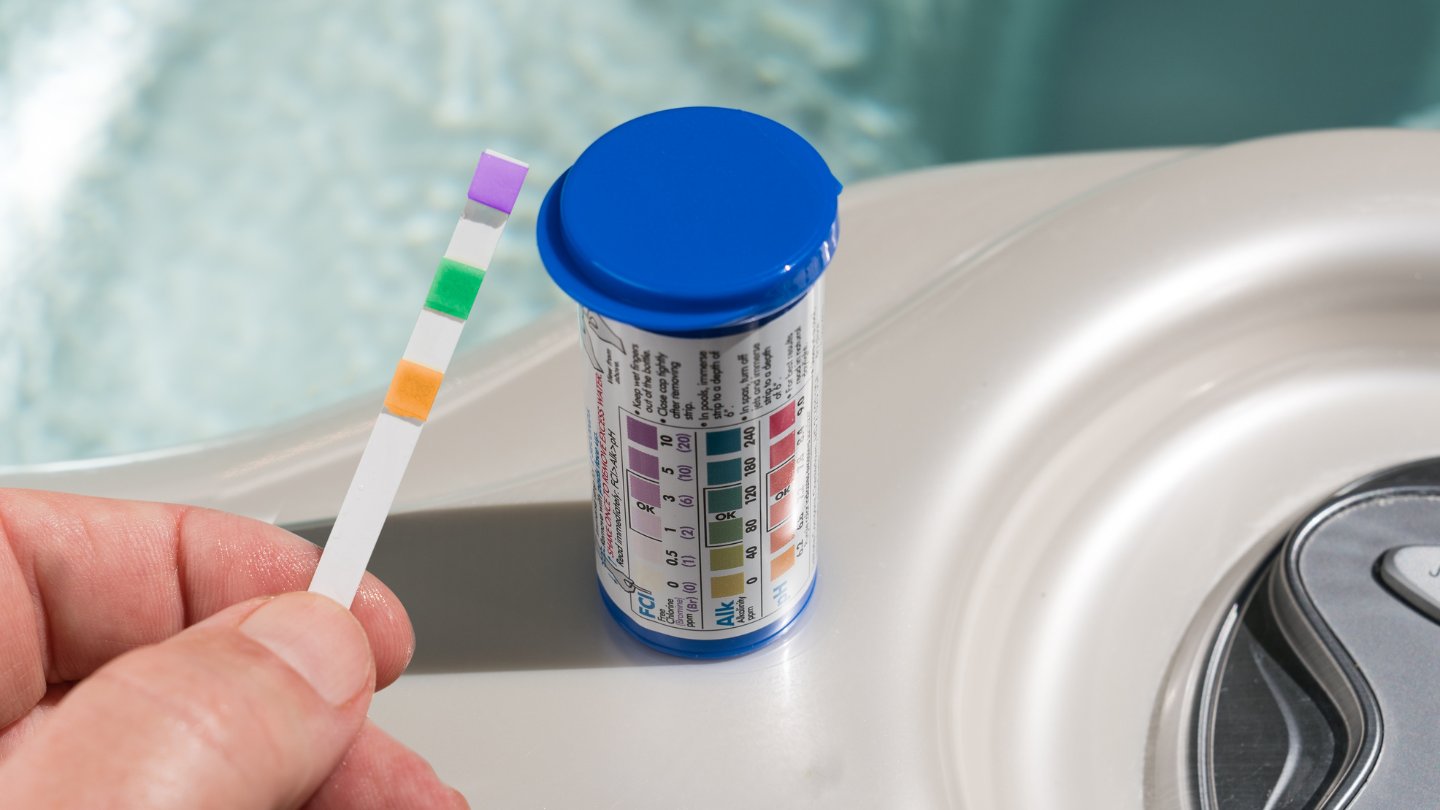
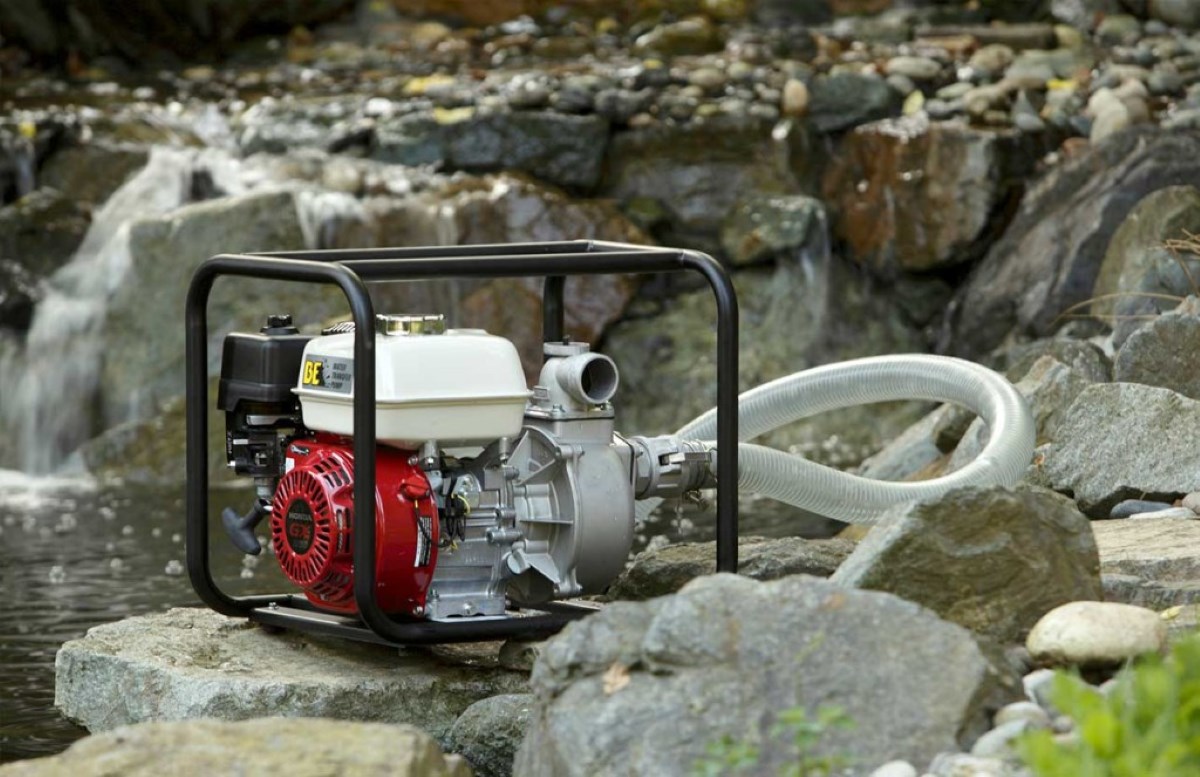
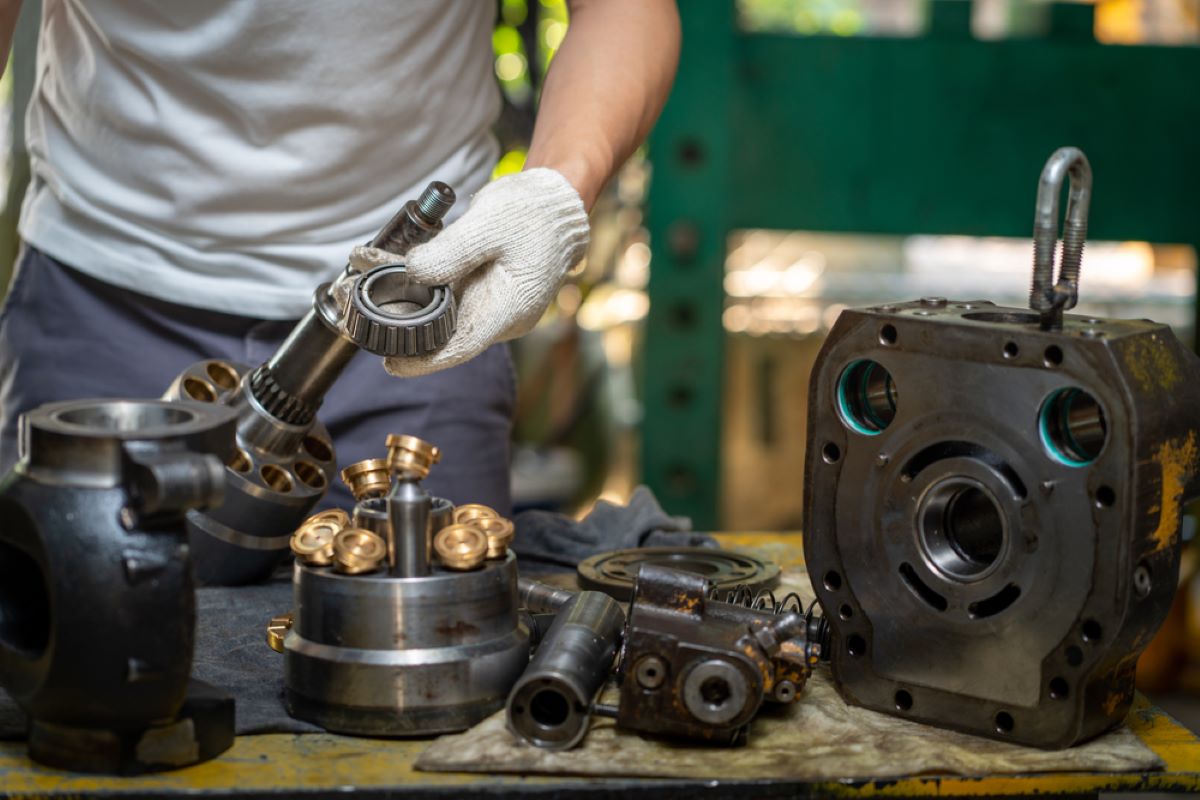
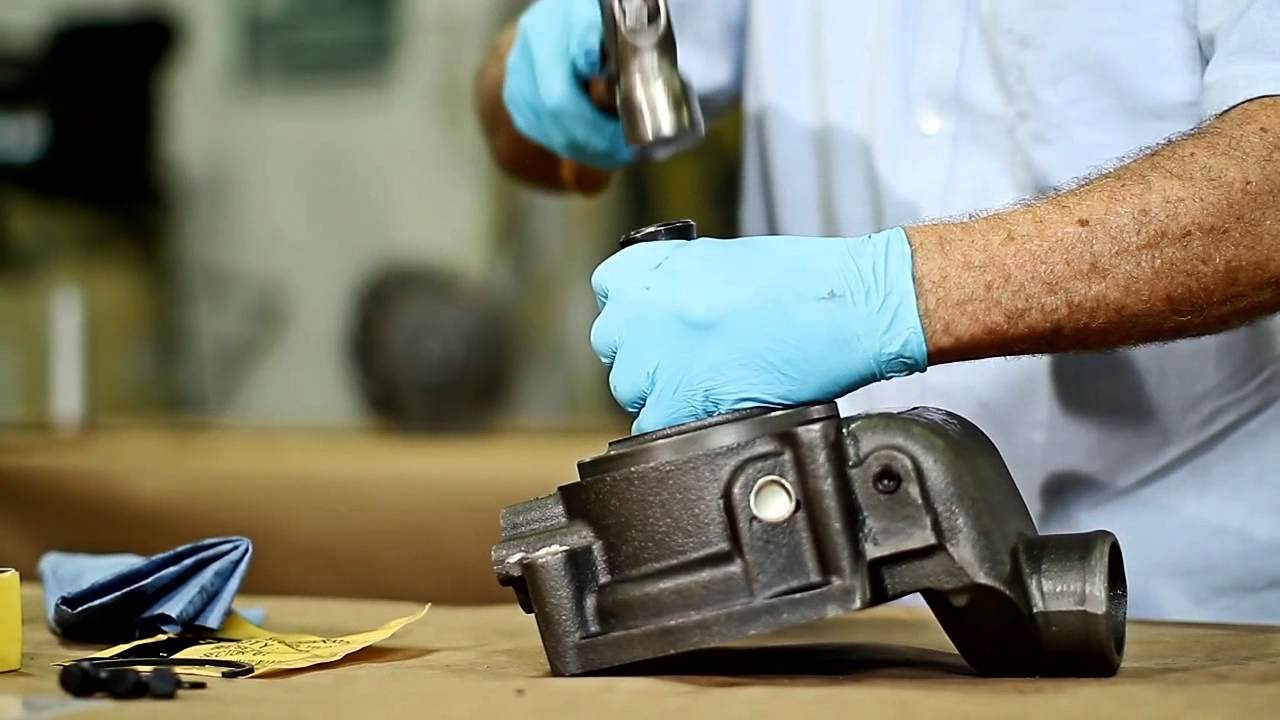
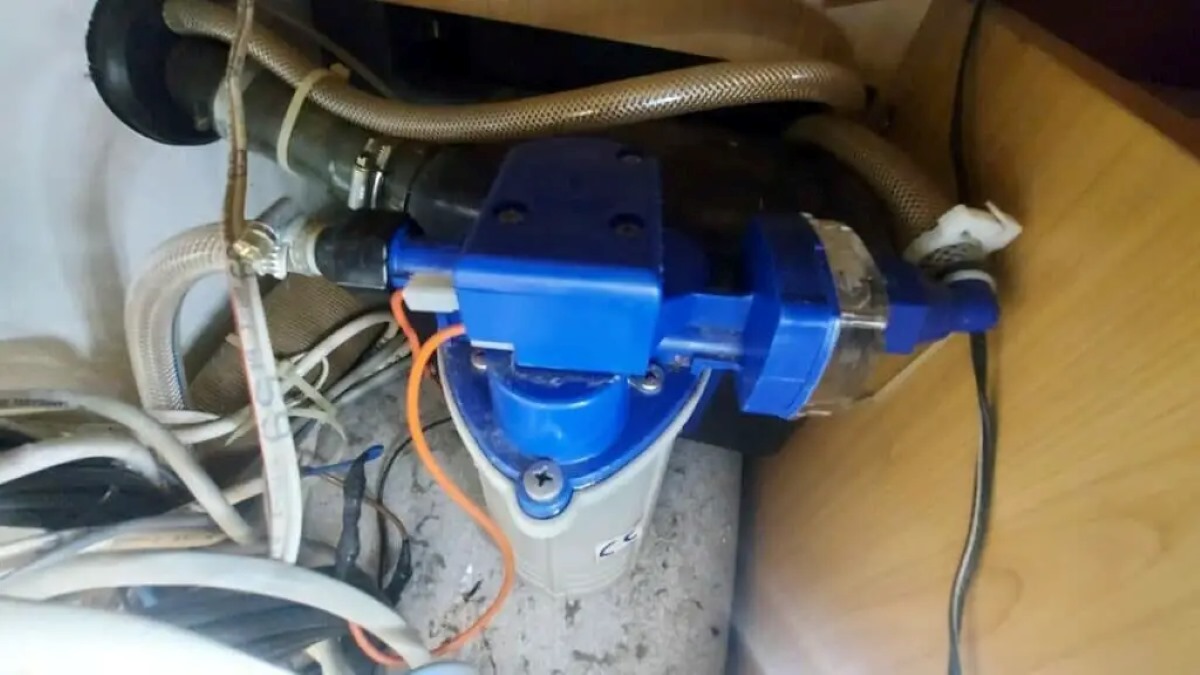
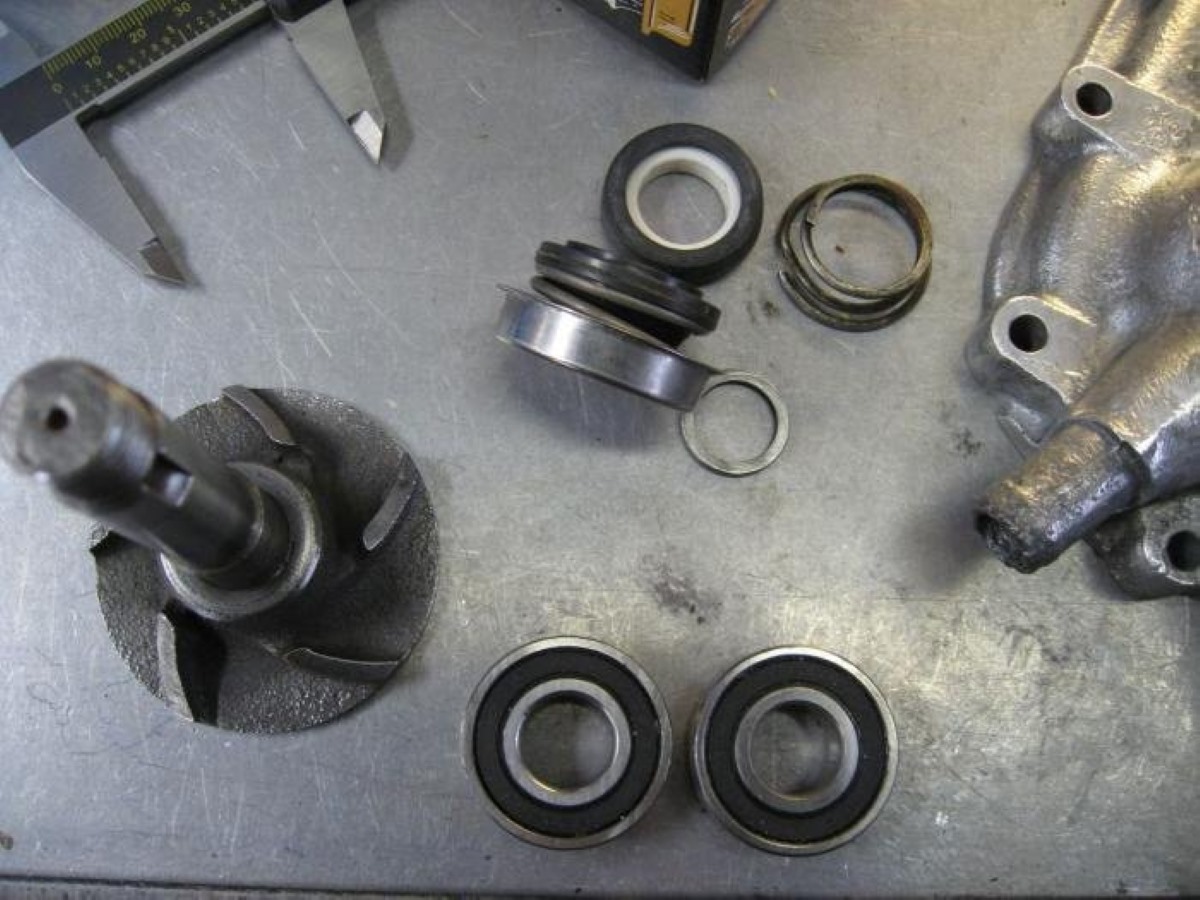

0 thoughts on “How To Test Car Water Pump”